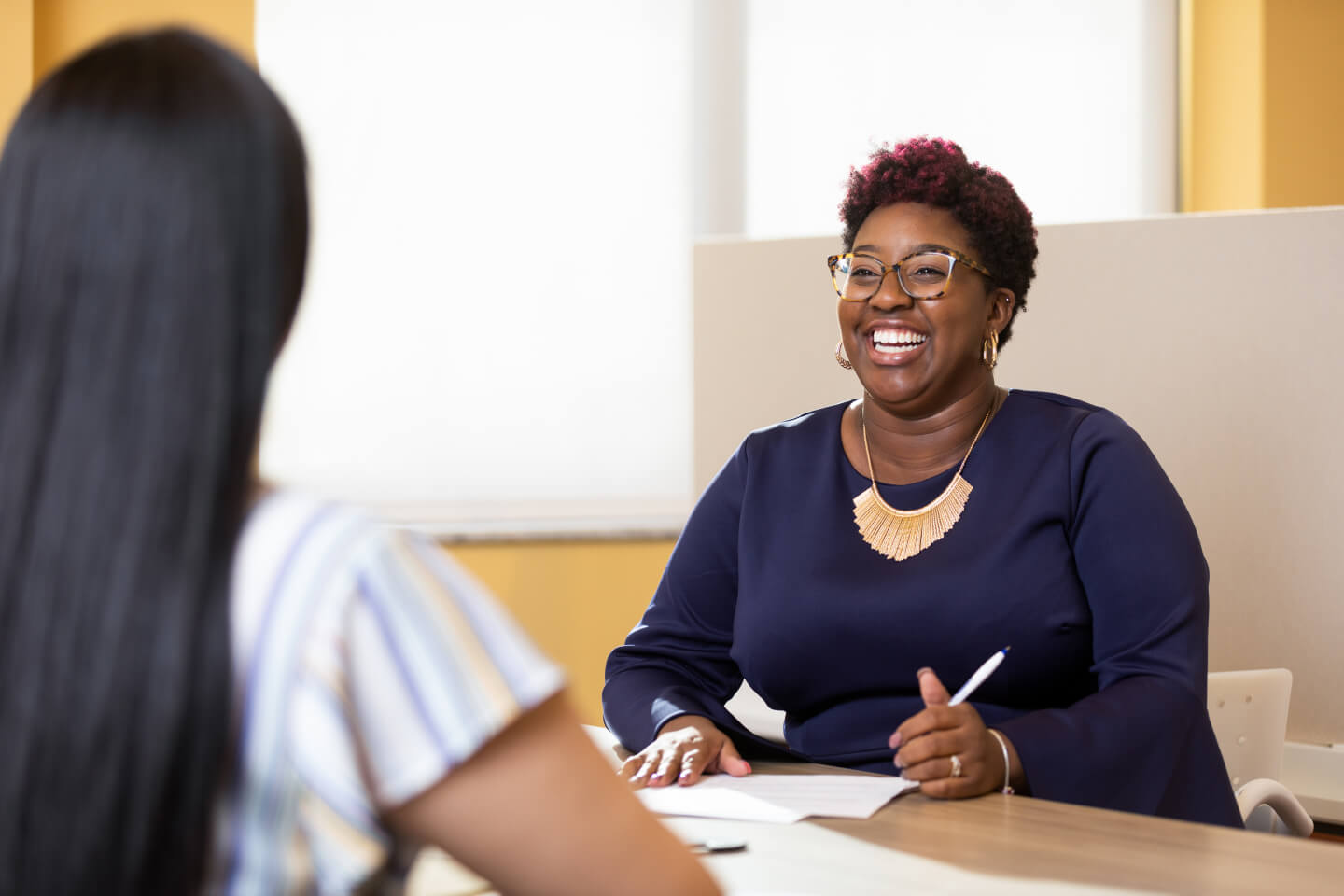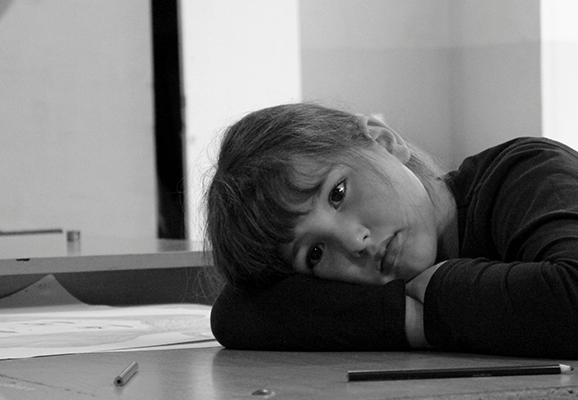
May 17, 2024
Community Health Center leaders reflect on how the nation’s youth mental health crisis hits home in CT–and what can be done
May is Mental Health Awareness Month, so we sat down with leaders at Community Health Center, Inc. (CHC) to discuss the national youth mental health crisis. They offered an inside view from Connecticut of the challenges and opportunities facing children, families, providers, and communities. The situation today, they agreed, is changing the larger conversation about mental health.
Our Experts
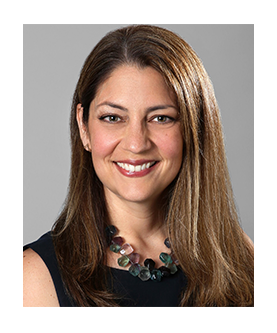
Georgette Q. Harrison, EdM, LPC, CCMHC, is the interim clinical director of CHC’s Child Guidance Center of Southern CT, based in Stamford, Connecticut.
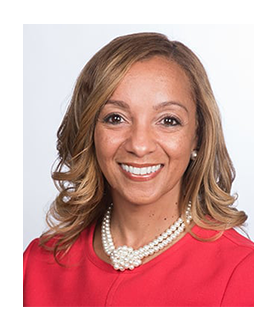
Yvette Highsmith, MM, is Vice President, Eastern Region, and Director of School-Based Health at CHC.

Tim Kearney, PhD, is the Chief Behavioral Health Officer at CHC and a psychologist who sees patients at the health center.
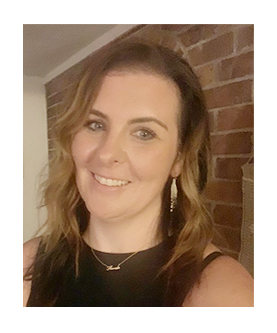
Katelyn Warner, LPC, is Senior Regional Director of Behavioral Health for School-Based Health Care at CHC.
This interview was condensed and edited for clarity.
We know there is a youth mental health crisis in this country. Katelyn, you are seeing it from inside Connecticut schools, where you and your colleagues are providing behavioral health care to thousands across all age groups inside our school-based clinics. From the clinical perspective, what are the most prevalent issues you are seeing among the children you serve?
Katelyn Warner: With the pandemic, we’ve seen a huge rise in mental health and behavior issues in schools. Kids learn and grow best when they’re connected, when they play, when they feel supported in different environments. Kids lost a lot of that during the pandemic. They have experienced gaps in their development.
We’re seeing high levels of anxiety, school avoidance, and depression. A CDC study from 2021 said that 42% of kids said they felt persistently sad and hopeless, and 22% said they had considered suicide seriously. There has been a huge growth in children feeling not as connected and not knowing how to talk about their feelings.
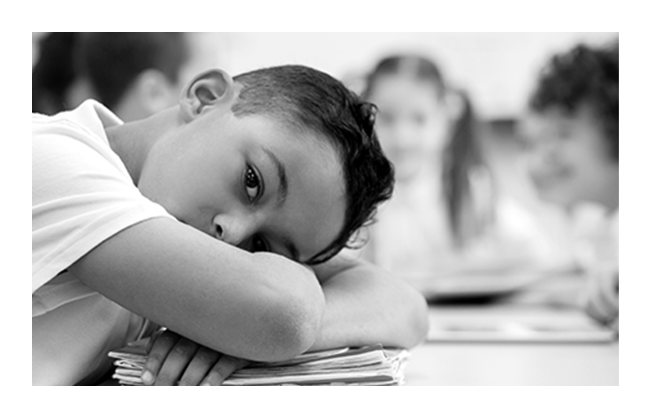
Georgette, what are the biggest stressors families and caregivers are facing regarding the mental health of their children?
Georgette Harrison: The biggest stressor is trying to identify the services that are available for their children. Most parents realize that mental health support would be helpful, so they call. However, there may be a long wait list. Or maybe providers are not taking their insurance. It’s very difficult for caregivers to navigate the system and find the right level of care.
What keeps caregivers up at night is knowing that they’ve made the phone calls, but they’re not getting a call back, or they’re told, your child needs more than what we can provide. The caregivers are back to square one. They are asking, “Now what? What is the right level of care, and who can help me? Outpatient vs. intensive outpatient vs. partial hospitalization—what do these things mean?” This is where communities can be very intentional in providing a coordinated response and educating parents about what is available in their community.
Would a central community hub be helpful, with multiple resources and people to help caregivers sort out the process?
Georgette Harrison: Every community will have a different answer, depending on its characteristics. 211 is a great resource as well. What really helps is having a trusted person—a pediatrician, school social worker, or school-based clinician—who can help walk caregivers through the system, so they’re not trying to navigate alone.
Katelyn, you mentioned a very high number of children who are expressing suicidality. Are they sharing this with you and your colleagues? Are we still seeing the long waits inside hospital ERs that we were seeing during the pandemic?
Katelyn Warner: Suicidality is absolutely something we’re still seeing kids struggle with. Having providers in our schools opens the door for students to talk about their feelings with a trusted adult. More kids are coming forward. The hospital ER wait times for children are still an issue. Some organizations have opened walk-in mental health crisis centers, so people can be evaluated faster.
We’re grateful that kids have spaces in schools where they can come forward and talk about what they’re experiencing. In our schools, there are adults who care and who have the skills to intervene in a way that can support the children.
Some of those behaviors are the young person saying,
Yvette Highsmith
“I need you to talk to me. I need you to see me and help me.”
Georgette Harrison: I think there’s been great progress in terms of destigmatizing these conversations. This is important, because we don’t want our children to feel alone with their feelings. Families can always call their local mobile crisis intervention services team, so that children can be assessed in their homes and avoid the emergency room if possible.
The demand for mental health services continues to be greater than the capacity. Telehealth has been very helpful, because it can connect kids to providers across our state. That has reduced barriers to care significantly and it’s a step in the right direction. However, not every child will benefit from telehealth, particularly the little ones. We need to continue to think about this at the community level: how are we going to build capacity to meet the demand?
Tim Kearney: I think we can go back one step further and build connection with children before suicidality or other pathology begins to demonstrate itself. As part of the normal developmental stance in a family, we can say to our child—early on, when they haven’t yet shown there’s a problem—“Who would you talk to if something was bothering you?” As parents, we need to recognize that we may not be the person our child turns to on all topics. There may be someone else, and that’s okay. We can think more broadly about our community and who are the people we can connect with.
Yvette, how are the social determinants of health, such as economic instability, racism, discrimination, access to affordable housing, community violence, affecting our patients and their families?
Yvette Highsmith: As you read off those items, we probably all felt a collective weight, even just from acknowledging those challenges. I think there’s significant impact on health, and the research proves it. We screen our patients for the social drivers of health, and when we do, housing instability and food insecurity bubble to the surface. For our children to be part of families and communities that struggle with those very basic needs—it has a significant impact on their health and wellness.
I oversee the work we are doing in schools across the state. A large portion is behavioral health. More than half a million families in Connecticut are under-resourced, living just above the federal poverty level. They don’t have enough money to meet the basic cost of living in the state. These are folks who are working, but they don’t have paid time off to leave their jobs or take their kids out of school to get care. They may not have transportation or adequate insurance coverage. Many can’t afford co-pays or high deductibles. We bring health and mental health care services into our schools to remedy some of those social drivers of health, and to make access to care equitable.
We have some amazing school partners. I visited a school the other day that has set up a laundry room, so families can do their laundry in school. We talk about school avoidance—if a family doesn’t have the ability to ensure that their child can go to school with clean clothing, they may opt not to send them. I think there are a myriad of ways that our community is coming together to respond to what we’re seeing in real life, in real time, and what the research has vetted out for us.
We also see the impact of racism on the health and wellness of children. Even in the great state of Connecticut, we see where implicit bias shows up in how adults respond to the presentation of behavioral health needs. Black and Brown children too often receive disciplinary action in school, and that disconnects them even further from support and resources. And that’s a travesty. Because the child is making a cry for help. We talked about suicidality—some of those behaviors are the young person saying, “I need you to talk to me. I need you to see me and help me.”
“Everyone can do something to make sure people
Georgette Harrison
feel connected to at least one person in their community.”
Tim, based on your many years of experience as a clinical psychologist and chief behavioral health officer at CHC, what is your best advice to the clinical workforce, for people like Katelyn, Georgette and their teams who are providing direct care to children during this crisis? How can we support them in taking care of themselves and their own mental health, while helping children who are suffering?
That’s a great question and something I think all of us, regardless of our role in a child’s life, need to think about. We want to bear in mind the reasons why we got into the field in the first place. How can we stay connected to our core values?
Sometimes, we do our work without knowing whether we’re making a change or not. This work is all about remembering why we do it, and looking for those moments of connection where you can say, “I made a difference.” You can make a slight difference in a five-year-old’s life, and the trajectory carries forward and changes their whole life.
Beyond that, I think we all need to spend time with people and activities that renew our life. We might not take the time to do those things because of the pressure we experience. Not one of us can solve every single problem that presents to us. There’s just too much. So we have to do what we can do, and acknowledge that there will be a time where we have to draw back. We can’t keep giving without replenishing. That’s where teamwork, the sense of connectedness we’ve been talking about, is so important for the caregiver as well as for our clients.
Our last question is for all of you. Where do you see the hope? What do you feel is working to help mitigate the mental health crisis among our children?
Katelyn Warner: We are destigmatizing mental health. Students are learning that it’s okay to talk about their mental health and speak up when they’re concerned about their peers. Kids are more accepting of their peers who are struggling. They feel more connected. We also see adults in schools who are building safe relationships with kids, building bonds and supporting families in finding what they need. Many people in this field are passionate about their work. They really get it. We are removing barriers and getting kids services who might not otherwise have access.
Georgette Harrison: I wholeheartedly agree. I’m finding a lot of hope in the young people. I have seen communities where kids have been empowered to take action. They’re getting trained in Youth Mental Health First Aid, serving as ambassadors for mental health in their schools. When you feel like you can affect change, you don’t feel helpless, right? Kids might tell other kids how they’re feeling before they’ll ever go to a grown-up. If we can help support young people to feel empowered and know what to do and who to turn to, that gives me a lot of hope.
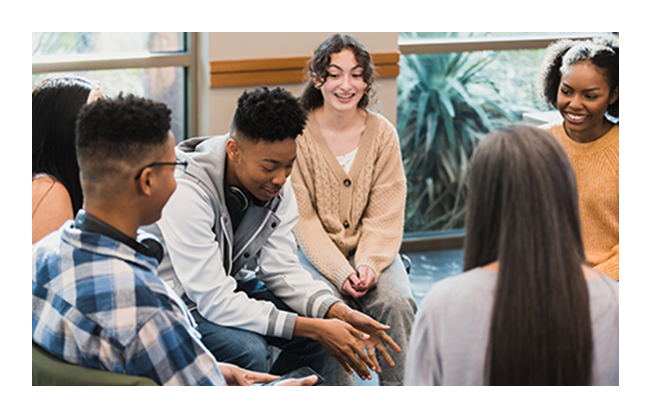
Tim Kearney: I find hope in that incredible resiliency of the human spirit. I think of those pictures where a little plant is growing up through the crack in the sidewalk and somehow finding life. A lot of us are able to find that life with the children and families we’re working with, and help them build it. Some of us grew up or raised our children with Mr. (Fred) Rogers—he used to say that in times of trouble, look for the helpers. I get so much encouragement from all the people who step forth to help.
Yvette Highsmith: I echo everything that my colleagues have shared. Even in the most challenging situations, the strength, the resiliency, the love, that flow through families and communities really inspire me. I too am encouraged where I hear the voices of young people. They provide tremendous hope.
Georgette Harrison: Among adults, there is a conversation happening about our mental health crisis being an issue of the lack of connectedness. We are talking more about loneliness and isolation, and less about symptoms or clinical presentations.
Tim Kearney: I agree. There’s been a shift. More people are understanding that instead of saying what is wrong with a child, we need to ask what happened to that child to create the situation we’re looking at. People are asking, how can we help? How can we make change?
Georgette Harrison: If we think about how to help people feel connected and less isolated, we’re thinking at a systems and community level, not just an individual level. These conversations aren’t just happening within clinical organizations. They are happening with spiritual leaders, civic leaders, grass roots activists, and more—because everyone can do something to make sure people feel connected to at least one person in their community.
If you or a loved one is in crisis or considering suicide, call 911 or call or text 988 to reach the 988 Suicide & Crisis Lifeline, available 24 hours a day, seven days a week.
Interview conducted by Lucile Bruce and Sandi Kornblum of the Moses/Weitzman Health System Communications Team.
